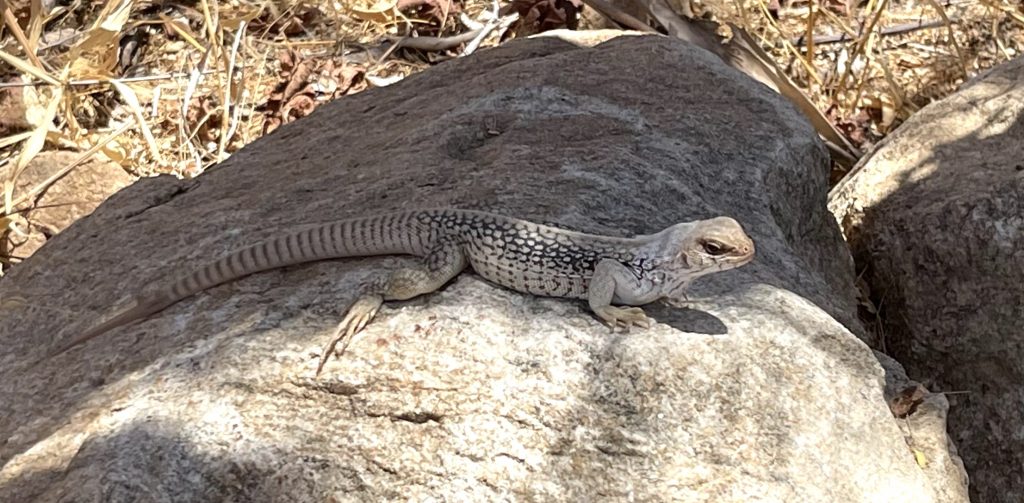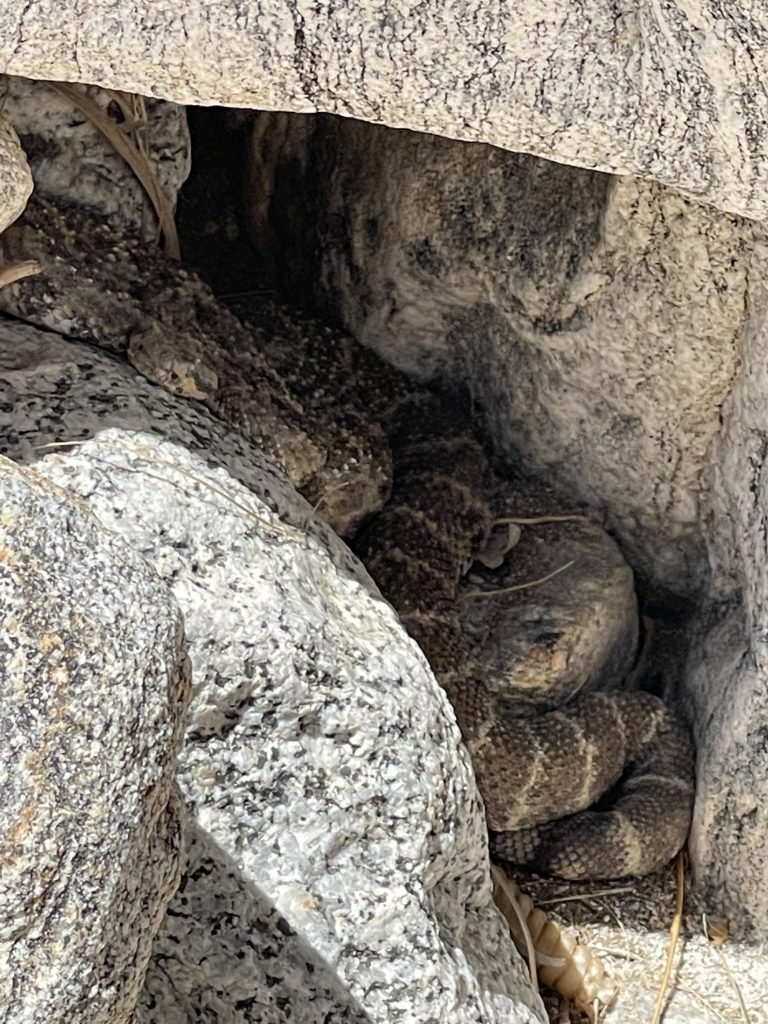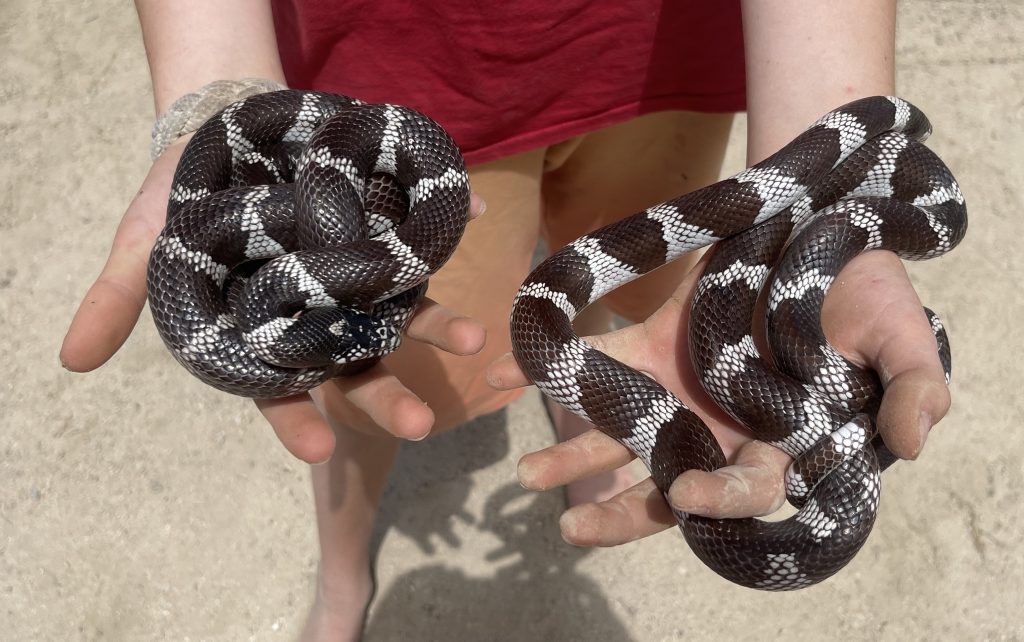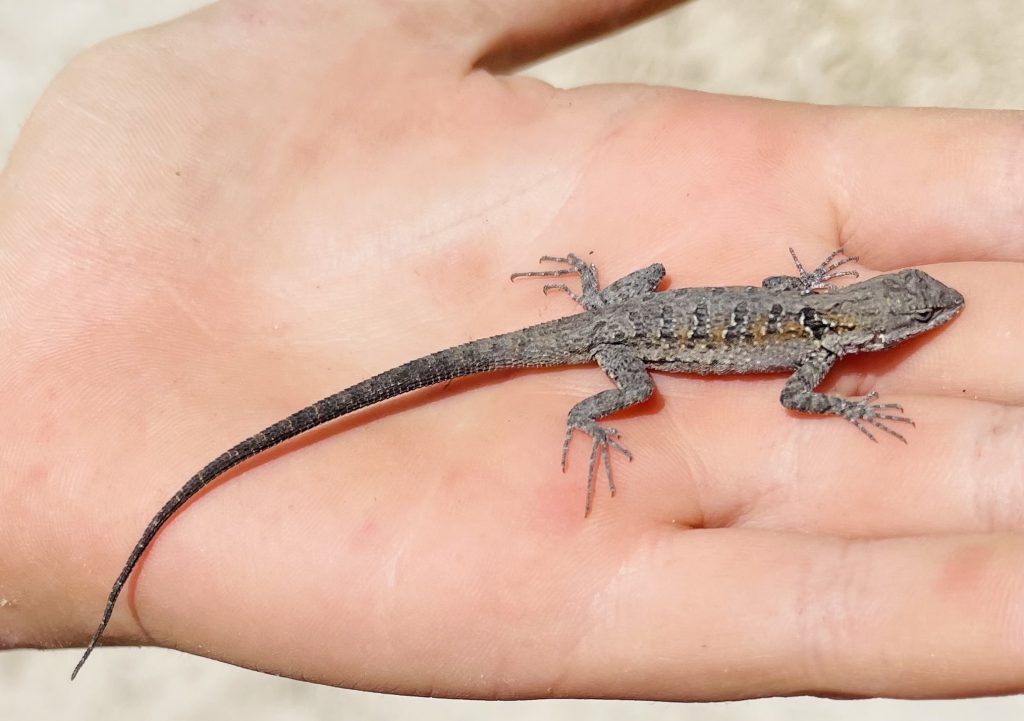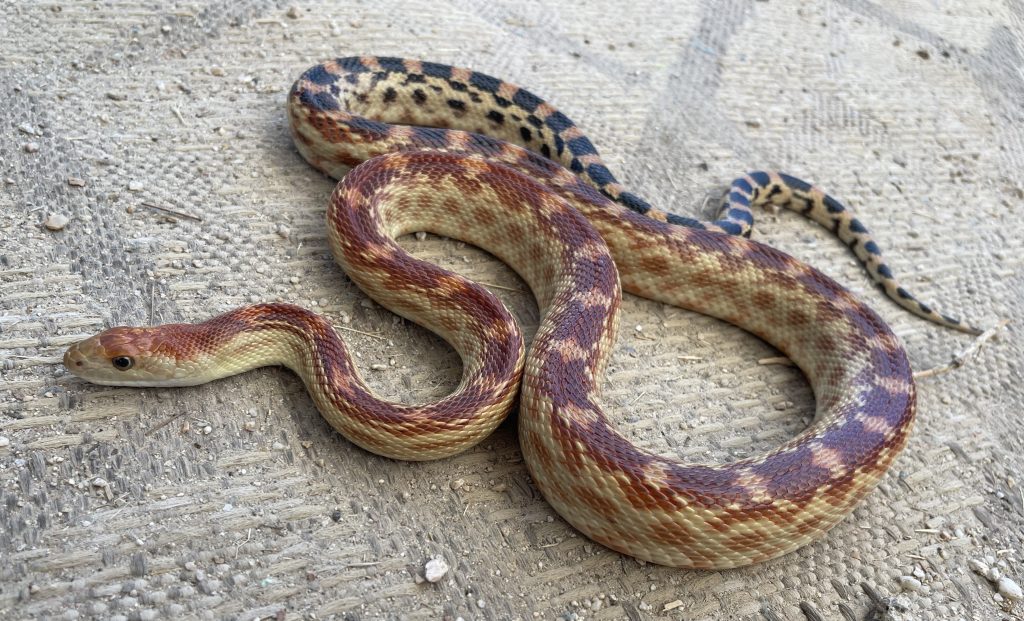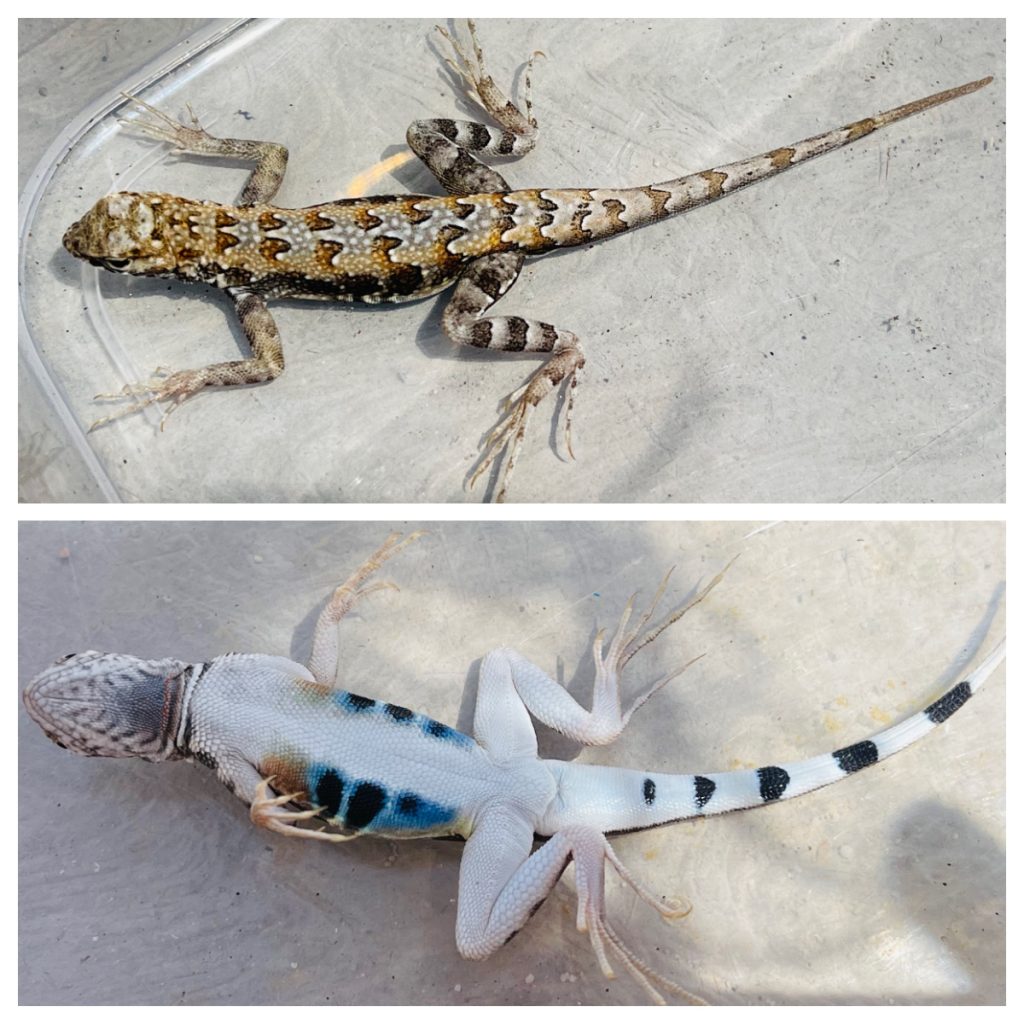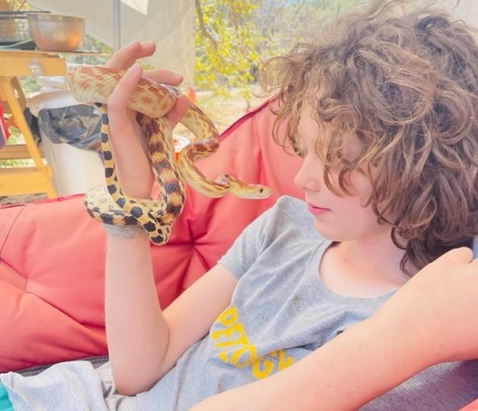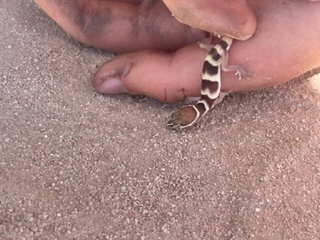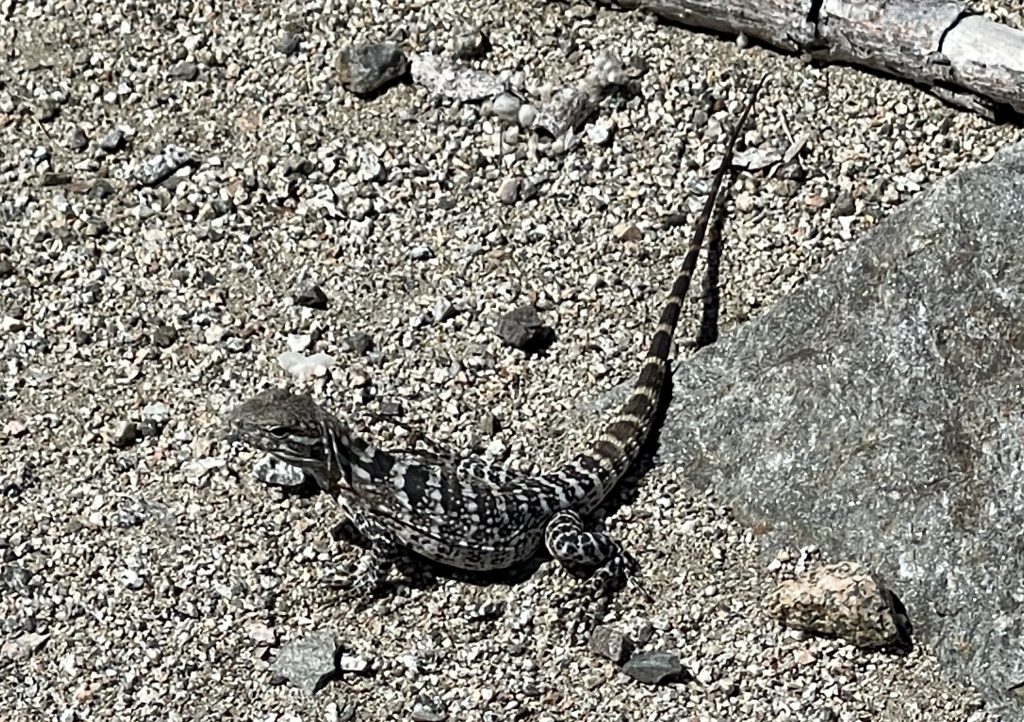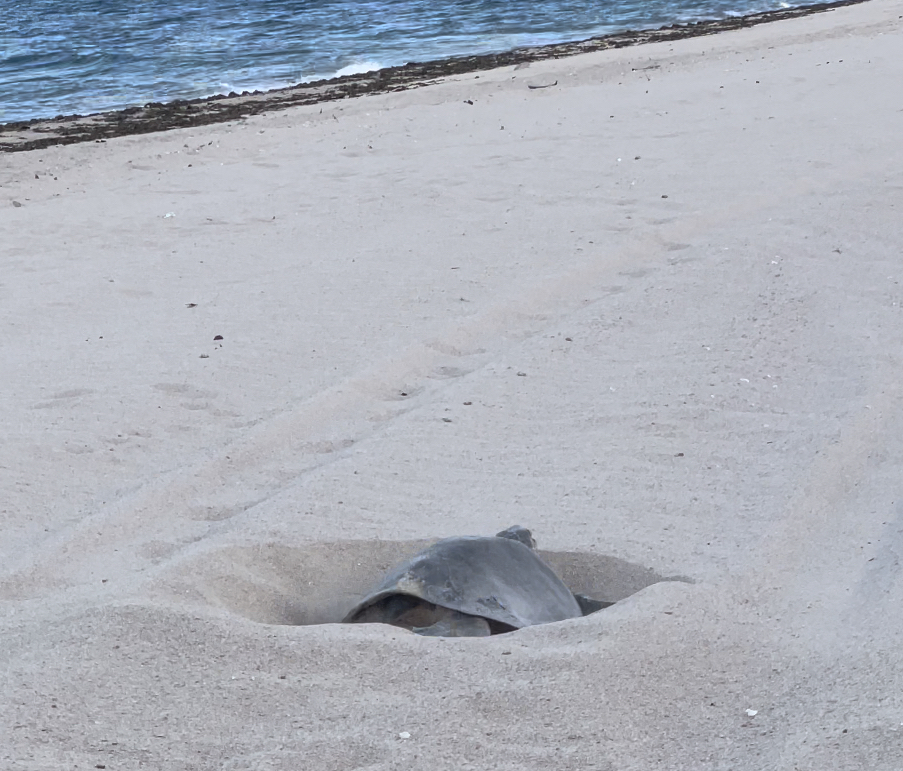
Sea turtles are amazing and magical animals to see in the wild. These majestic swimmers are, no doubt, some of the most tenacious turtles in the world. Though only an estimated 1 in 1,000 hatchlings makes it to adulthood, once full grown they are capable of defending against the most brutal of attacks, even from sharks.
Here on the Sea of Cortez, our most common sea turtle is the Olive Ridley Sea Turtle (Lepidochelys olivacea) and this is the turtle we recently witnessed digging nests in the sand. Last week, at around 8:30pm, one of these beautiful reptiles crawled up the beach and started digging a hole. Clearly a female preparing to lay eggs, she dug a few test holes before deciding the conditions were not quite right; perhaps the sand was too dry or the wrong temperature. Then she headed back out to sea. We knew there were no eggs in the nest because the mother turtle left the nests as holes, rather than packing them down with her flippers and body.
Sea turtles are definitely being threatened as the world is changing, from their eggs getting squished by cars or dug up by dogs, to pollution and global warming. Since plastic sometimes looks like jellyfish, which is a favored food, it can be devastating when turtles mistakenly eat it.
When the mother turtle dug her holes on the beach last week, the six false nests were quickly covered by a protective fence and stakes by some caring beachgoers. Although pointless in this case, since the nests didn’t contain any eggs, their action demonstrates how much people care. Acts of kindness like this can make a big difference in helping these important and incredible creatures’ next generation.
